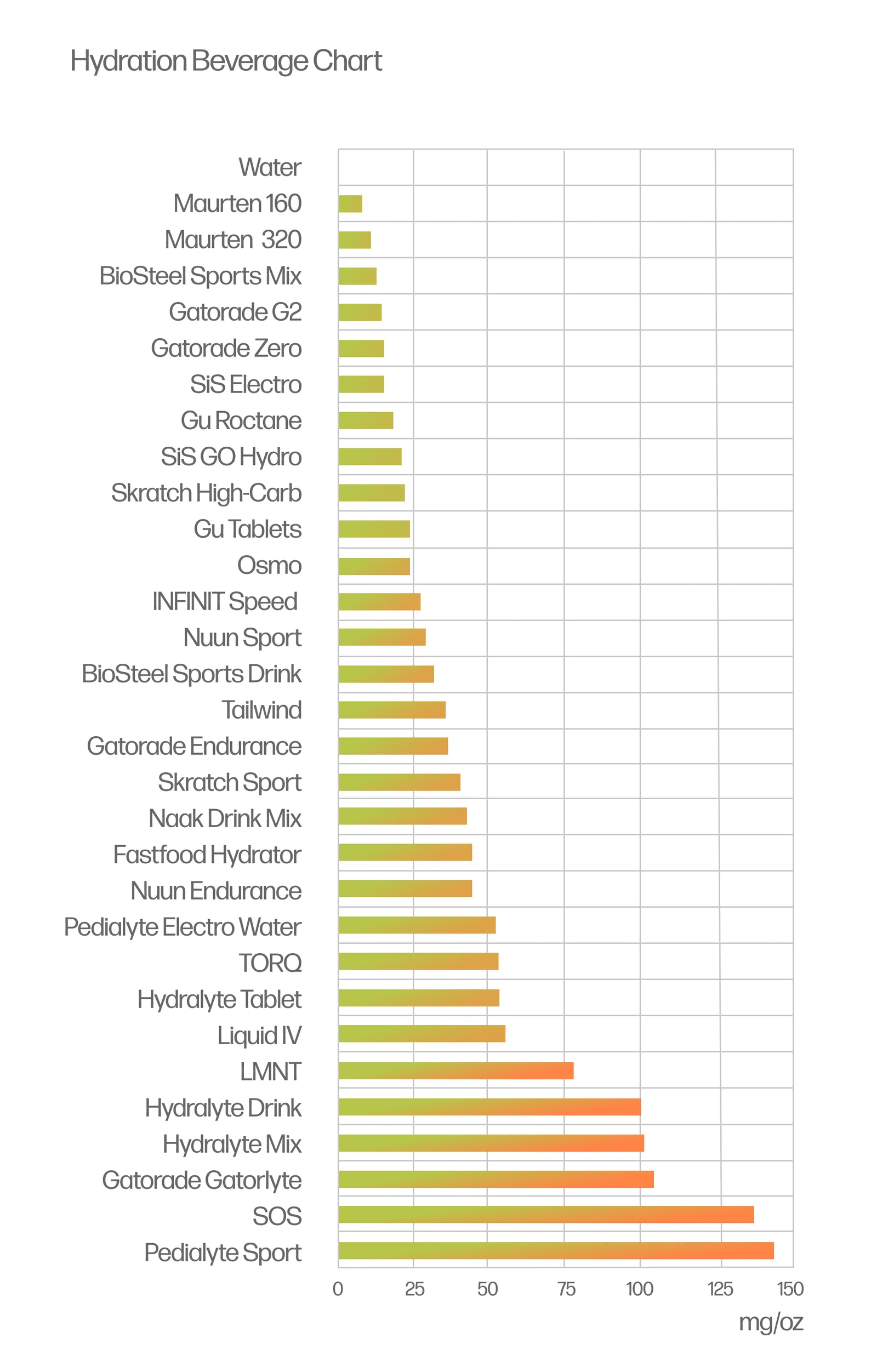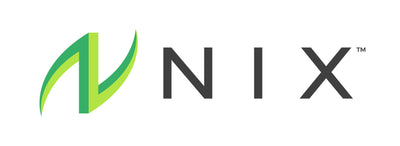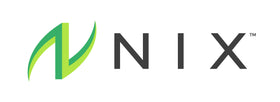written by: Inga Stenta
This article is a personal account from Inga Stenta, who is preparing to train for the 2023 Chicago Marathon. She is using the data provided by Nix to inform a new hydration plan. She hopes that by sharing her experience can help others prepare for similar events.
Goal Setting
At the start of 2023 I set a goal to run 1,000 miles by the end of the year. With the arrival of June, I feel good about my progress. I have already logged over 400 miles running and am approaching the halfway point to my goal.
While this goal is predominantly a physical one, I'm also committed to increasing my hydration knowledge during this time. I regularly review my data in my Sweat Profile. I use this information to adjust my hydration plan based on the insights available in the Nix app. I’m aiming to have my strategy dialed in as I kick off training for the Chicago Marathon this fall.
Those who know me well, know that I’m a “fly by the seat of my pants” type of girl when it comes to fueling and hydration while running. Prior to joining the team at Nix, I was hydrating exclusively with water. It was after I had already logged five marathons that I realized I should be fueling with gels or chews every 45 minutes or so. It was clear I needed more insights and data when I logged my first workout in April 2022 using the Hydration Biosensor while attending a Nix activation in partnership with Tracksmith. It was at that time that I truly started to understand the importance of electrolytes.
I always knew I lost electrolytes during a run but I never really gave it much thought. Using Nix, I learned that although my sweat rate is relatively low compared to many other marathon runners, my electrolyte losses are through the roof. In the days leading up to the 2022 Boston Marathon I preloaded with electrolytes. On race day, I introduced more Gatorade (the only electrolyte drink offered) plus water whereas in previous years I mostly drank only water. I crossed the finish line having run my fastest Boston Marathon time, with energy in my system, and avoided bad muscle cramps. With ample time to prepare my hydration strategy this time around, I am focused on designing the best possible plan leading up to Chicago 2023.
This is an example of my Sweat Profile within the Nix app. Data is inclusive of fluid losses, electrolyte losses, and sweat composition.

I am a very salty sweater. In fact, I pride myself on being the saltiest sweater on our team. While I’m not totally confident it’s a brag-worthy stat, I will take it. Armed with this data is only part of the planning process. In addition to figuring out my electrolyte replacement (which includes sodium, chloride, potassium and more) I also need a plan to replenish the fluids.
So far, I’ve tried three approaches: my original hydration plan, my revised plan, and my current hydration strategy.
Original Hydration Plan:
This was the plan that I followed before doing a sweat test with the Nix team. This plan involved only consuming water and only consuming it when I felt like I was becoming dehydrated. I rarely drank any electrolytes or sports drinks.
This was my program for the last ten years of marathon training and racing. Over that time, I suffered significant cramping and sluggishness. I had good training days, but my long runs were often plagued. I would often wake up in the middle of the night in pain. I had severe charley horse cramps in my calf. I was not performing at my best, nor did I feel good.
Revised Hydration Plan:
Nix's insights showed me I don't sweat a lot, but I do lose a lot of electrolytes in my sweat. My sweat composition is 98 mg/oz which means that for every one ounce of sweat that I lose, I lose almost 100 mg of electrolytes. With these insights, I shifted my strategy to incorporate far more electrolytes into my replenishment plan. In this plan, I only replenish the total amount of electrolytes at the end of my runs.
Current Hydration Strategy:
I am experimenting with different methods to find out what works best for my body. One approach is to consume electrolytes before my workout and also replenish electrolytes afterwards.
I plot myself on the higher end of our electrolyte beverage chart. This is based on the composition of my sweat (average sweat composition of 98 mg/oz). As soon as I am back from a run, I consume either LMNT or Hydralyte. These products sit on the chart's higher end and help me solve my electrolyte imbalance after a workout. From there I continue to drink water throughout the day which is a routine that I’ve had for years.

Our electrolyte beverage chart shows where different electrolyte brands and products sit as compared to an athlete's sweat composition.
Gearing up for my next marathon:
Since starting my new strategy, I am faster and also feel better. My runs are generally cramp-free and I have fully eliminated the 3am charley horse wake-ups. When I pre-load with electrolytes, I consistently feel strong during my runs. I also find that my energy has not been completely depleted when finishing.
Now that I am getting ready to incorporate even longer runs for my Chicago Marathon training, I’m able to be much more precise about fluids and electrolyte replenishment during my workouts.
Additionally, now that summer is upon us and temperatures are increasing, I plan to monitor any changes in my sweat composition. I am able to use the Nix Index which is an environmental score given to each workout based on your phone’s GPS location (including temperature, humidity, solar load and more).
I’m incredibly excited to see the impact of the changes in my hydration strategy on my performance and race day results this fall. While I’m not trying to break any records or take a spot on the podium, I’d be happy to beat my Chicago Marathon time from 2018 and feel great crossing the finish line.





